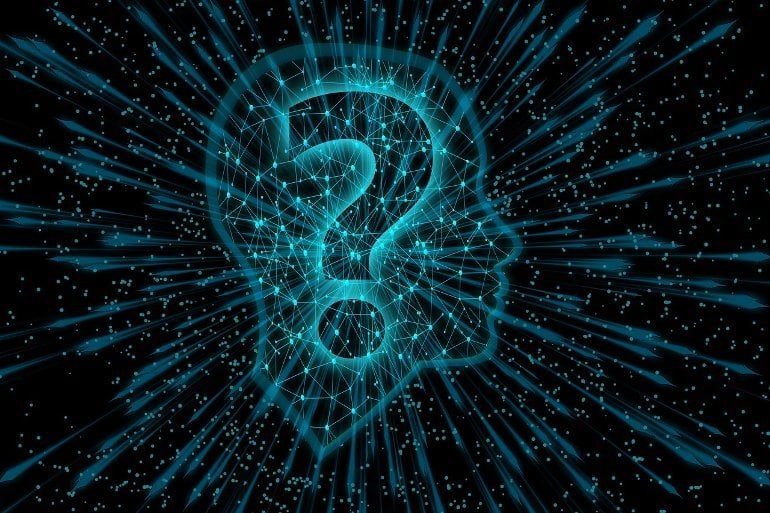You'll want your doctor following this carefully so when protocols are created stopping this neuronal death s/he is ready for your childrens and grandchildren's strokes.
Your risk of Parkinsons here:
Parkinson’s Disease May Have Link to Stroke March 2017
The latest here:
A Study Reveals One of the Reasons Why Neurons Die in Parkinson’s Patients
Summary: Study implicates the gene DJ1 in neuronal death associated with Parkinson’s disease.
Source: University of Córdoba
Parkinson’s
disease affects about 7 million people worldwide, according to data
provided by the World Health Organization (WHO). This neurodegenerative
disorder affects the central nervous system and, although its causes are
not yet fully understood, it is known that many of its symptoms are due
to the loss of neurons that produce dopamine.
A study
carried out by a research team at the University of Cordoba has
revealed, in mice, one of the reasons for this neuronal loss: the key
lies in the protein called DJ1, whose relationship with Parkinson’s
disease had already been demonstrated, although until now its exact
function was unclear.
This study went a step further in this
area, revealing one of this protein’s action mechanisms. To do this, the
research team carried out a comparative study of neurons in the brains
of mice that have this active gene, and others that lack it, with the
aim of “comparing the differences between the two protein patterns and,
thus, studying the mechanisms that may be altered,” explains Raquel
Requejo, principal investigator of the study and a member of the BIO126
group at the University of Cordoba.
When dividing is not an option
According
to the results of the study, the absence or dysfunction of the gene
expressing the DJ1 protein causes the activation of what is known as the
cell cycle, the process by which cells divide; in other words, the
machinery used by cells to replace others that have died, as occurs, for
example, when a wound heals.

No comments:
Post a Comment